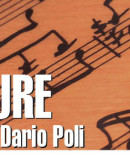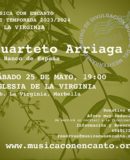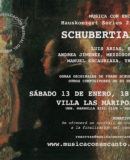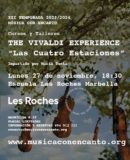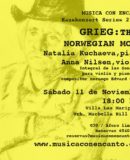Historic sites: Work begins on El Trapiche in San Pedro
The city of Marbella is focusing on restoration of more historic sites. Last week, details emerged about the difficulty of securing work on the Villa Romana del Rio Verde. Another site is faring better: El Trapiche de Guadaiza in San Pedro de Alcántara, a sugar mill dating to 1857, the oldest industrial building in San Pedro. While the 2,000 year-old Villa Romana continues to languish, El Trapiche is about to awaken from its sleep.
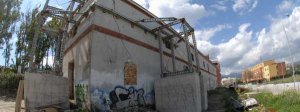
The current state of El Trapiche de Guadaiza in San Pedro. This neglected site now has a new lease on life.
The City Council has just awarded the company Picaso Restorations S.L. the contract to restore the historic building, a vestige of the original colony founded by the Marquis del Duero, which soon became the thriving town of San Pedro. Picaso, which was selected from seven bidders, will convert the building, located south-east of San Pedro, into a cultural and educational centre, with completion scheduled for summer 2011.
Funded by the City Council and the Provincial Council of Malaga, the project has an overall budget of 2.2 million euros. Of that amount, 1.1 million will go to construction, and the remainder toward fully equipping the facility for operation.
Finally, after years of protests by the locals, claims of cultural groups, and calls by political parties of all stripes, El Trapiche is heading towards rehabilitation. The aim is to convert the old sugar complex into a cultural and educational centre that will include an historical library specialising in San Pedro, a museum that reflects the history of the colony, and a multi-purpose room for conferences, media exhibits and interpretive programmes. The new facility will also host San Pedro’s Local Autonomous Art and Culture Organisation. It may even house rare documents that once belonged to the town’s founders, including Marques del Duero, Manuel Gutiérrez de la Concha e Irigoyen.
Work on the site first began in 2008, when the original wall was removed and replaced temporarily with a steel fence. The trench that will hold the new foundations was also dug. It was the first, timid step for this piece of old San Pedro, which had threatened to fall apart. The ruins have even looked as if they would wash away in the rain.
Like the Villa Romana, El Trapiche has had to overcome many hurdles. The most significant obstacle has been the real estate. The land was not municipal, blocking any government intervention. However, following negotiations with the previous owners through the local Board of Compensation, ownership fell to the city in 2008, and the government was able to unlock the rehabilitation project, which had been on the table for ten years.
Disclaimer: The views, opinions and positions expressed within this guest article are those of the author John Grimmett alone and do not represent those of the Marbella Marbella website. The accuracy, completeness and validity of any statements made within this article are not guaranteed. We accept no liability for any errors, omissions or representations. The copyright of this content belongs to John Grimmett and any liability with regards to infringement of intellectual property rights remains with the author.





